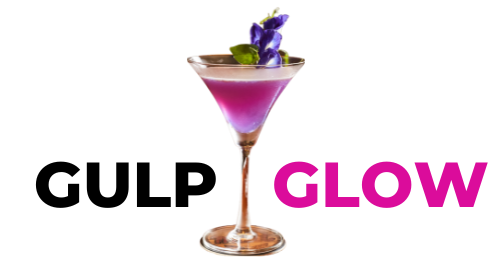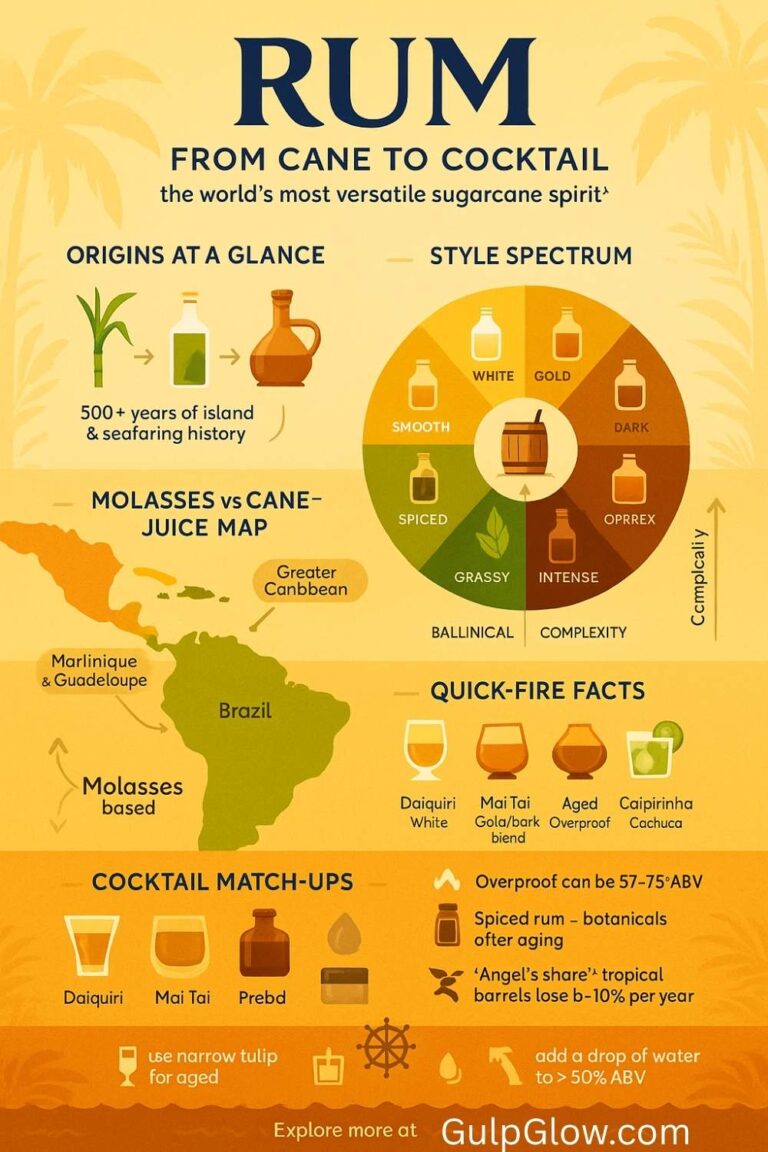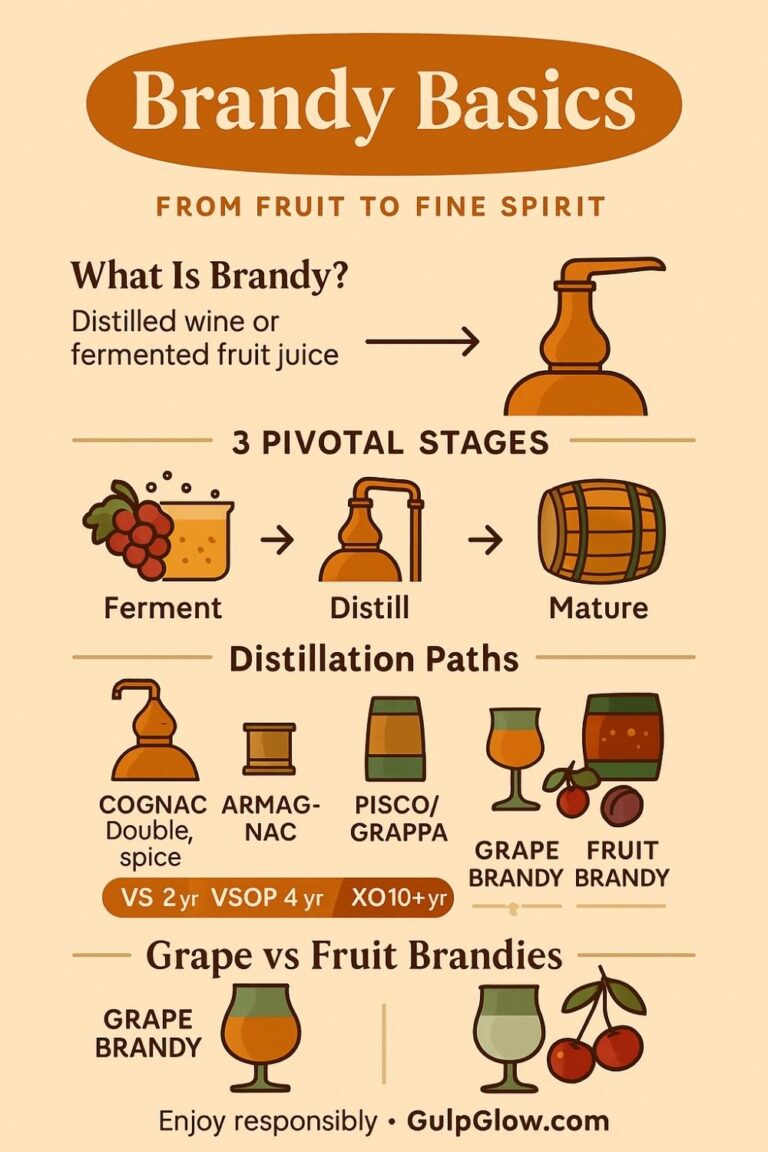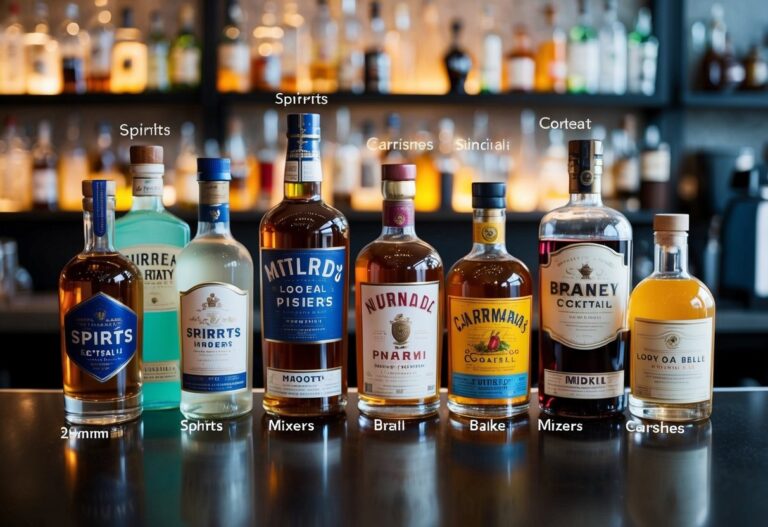Liquor vs. Liqueur: Key Differences Between These Spirits
At first glance, “liquor” and “liqueur” might seem like interchangeable terms—after all, they sound nearly identical. But when it comes to the world of spirits, these two beverages are anything but the same. Whether you’re crafting cocktails at home, browsing a bar menu, or simply looking to expand your understanding of alcohol, knowing the difference can elevate your choices and sharpen your palate.

Liquor is the backbone of most alcoholic drinks, distilled to high proof and known for its potency and purity. Liqueur, on the other hand, is its sweeter, more flavorful cousin—infused with everything from herbs and spices to fruits and creams. This fundamental distinction influences not only taste and texture but also how each is used in cocktails, desserts, and straight sipping.
In this guide, we’ll break down everything you need to know about liquor and liqueur. From their ingredients and production processes to their unique roles in mixology, you’ll discover why these two spirits are often confused—and how to tell them apart with confidence.
Defining Liquor
When people think of strong alcoholic drinks, they’re usually thinking of liquor. Also referred to as distilled spirits or hard alcohol, liquor is the backbone of the alcoholic beverage world. It’s known for its high alcohol content and its role as the base in many popular drinks. Understanding what liquor is helps set the foundation for distinguishing it from its sweeter counterpart—liqueur.
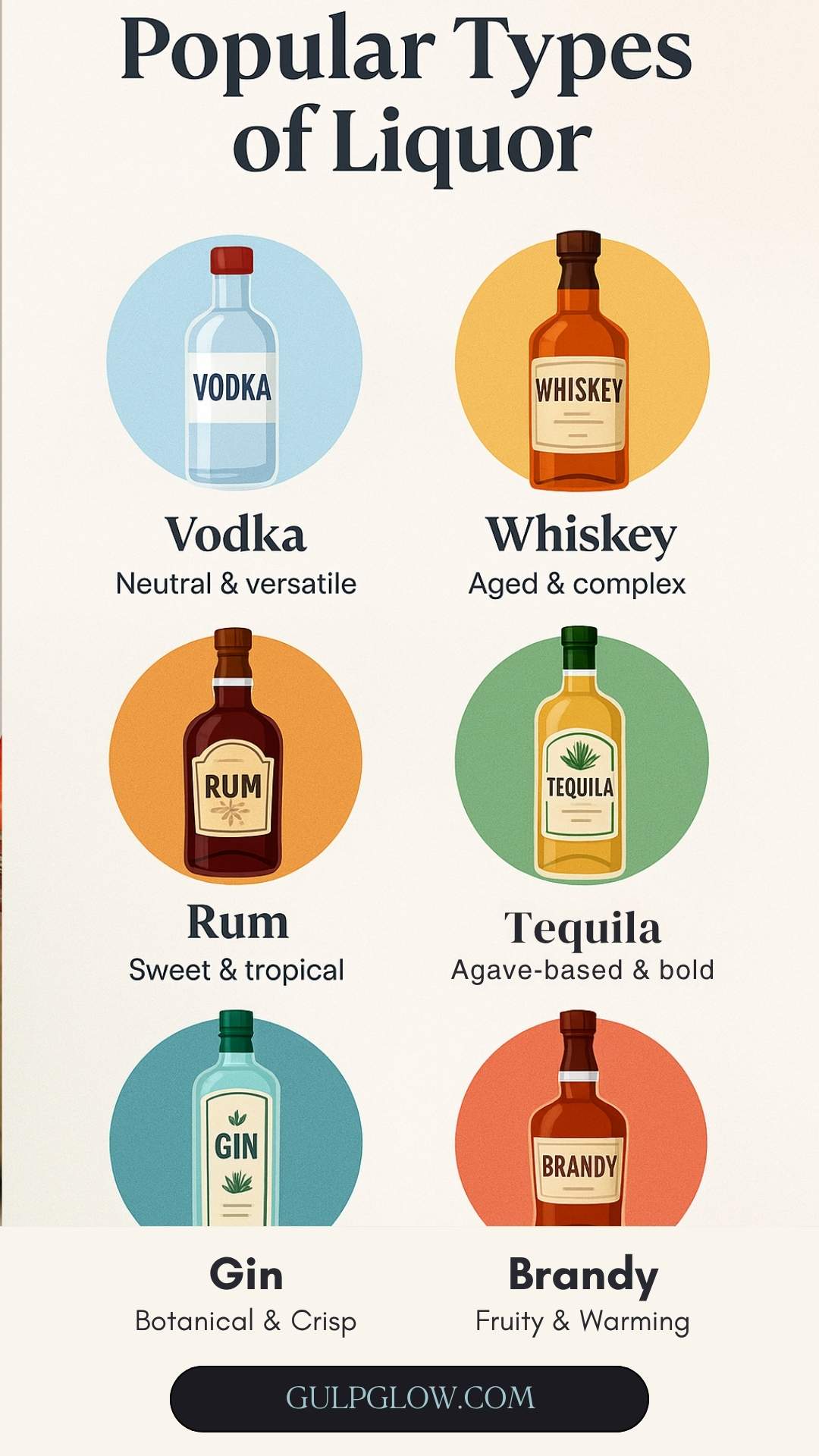
What is Liquor?
Liquor is a distilled alcoholic beverage made by fermenting and then distilling grains, fruits, or vegetables. The distillation process purifies the alcohol and intensifies its strength, leaving a potent liquid with little to no added flavors or sugars. This category includes popular spirits such as vodka, gin, rum, tequila, whiskey, and brandy.
How It’s Made
The journey of liquor begins with fermentation, where natural sugars are converted into alcohol. Once fermented, the liquid undergoes distillation—typically more than once—to extract a purer, higher-proof alcohol. Some spirits, like whiskey or brandy, are then aged in wooden barrels, which can significantly enhance flavor and character. Others, like vodka, are bottled immediately for a clean, neutral taste.
Alcohol Content and Uses
Liquors usually contain between 35% and 50% alcohol by volume (ABV), making them among the strongest alcoholic beverages. They’re consumed in a variety of ways: neat, on the rocks, mixed with water, or as the base in cocktails like the Old Fashioned or Margarita. Their versatility and strength make them essential to both classic and modern mixology.
Defining Liqueur
Liqueur often gets mistaken for liquor due to its similar name, but the two serve very different purposes in the world of spirits. While liquor is bold and straightforward, liqueur is flavorful, sweet, and often used in smaller amounts to enhance other drinks. It’s a delightful category of alcohol that blends artistry with indulgence.
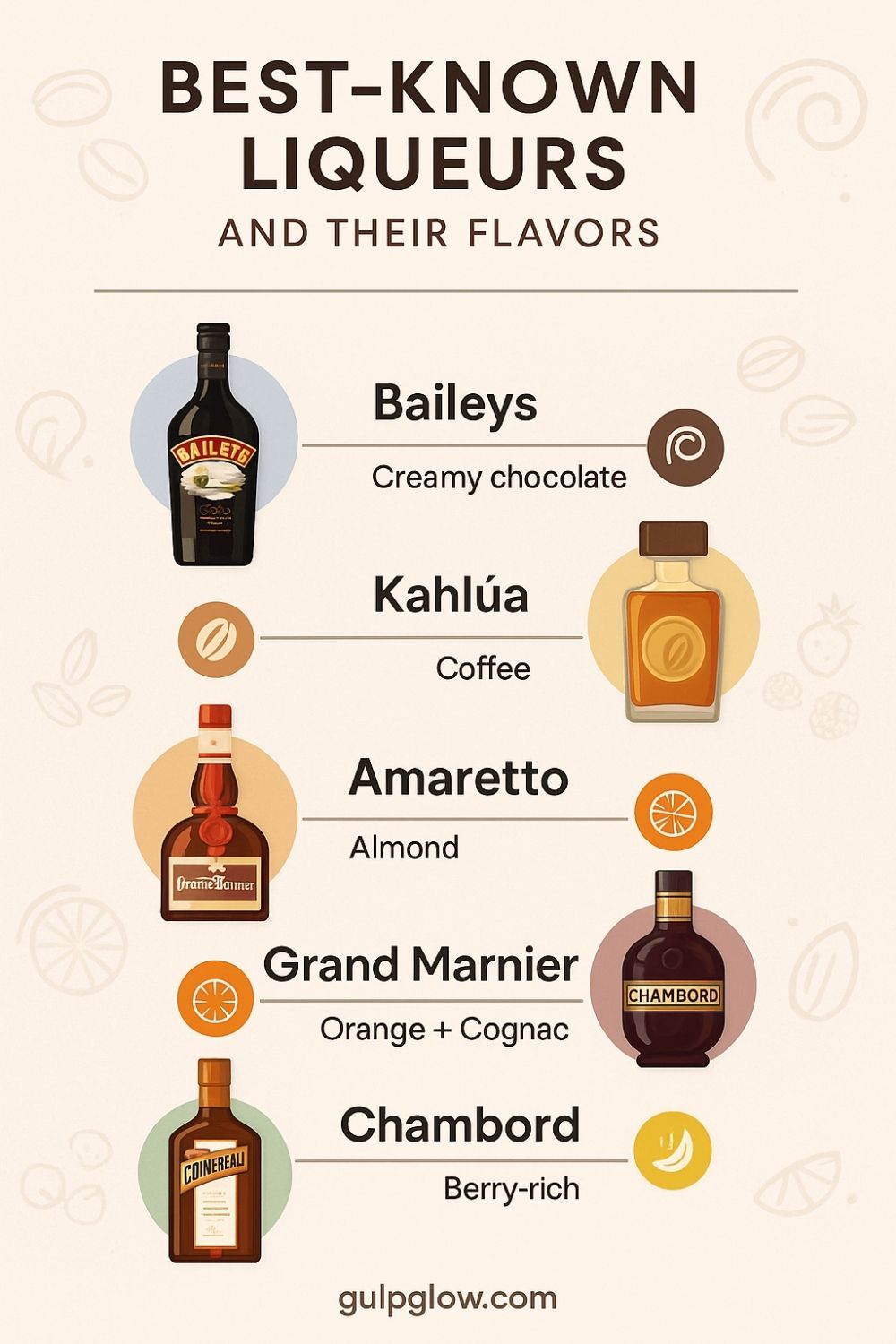
What is Liqueur?
Liqueur is a flavored alcoholic beverage made by infusing a base spirit (usually a type of liquor) with added ingredients such as fruits, herbs, spices, nuts, or creams. Unlike liquor, liqueurs are also sweetened, giving them a smooth, often syrupy texture. Common examples include Baileys Irish Cream, Amaretto, and Kahlúa.
How It’s Made
The process begins with a neutral or specific spirit, which is then infused with chosen flavorings. Sweeteners are added to balance the alcohol’s strength, and in some cases, the mixture is aged to develop depth. Depending on the type, colorings and additional additives may be used to achieve a consistent look and flavor.
Alcohol Content and Uses
Liqueurs typically range from 15% to 30% ABV, though some can be stronger. They’re often used to add character to cocktails, enrich desserts, or serve as after-dinner drinks. Due to their sweetness and flavor complexity, liqueurs are rarely consumed in large quantities but make a significant impact in whatever they’re added to.
Key Differences Between Liquor and Liqueur
While both liquor and liqueur share a common root in distilled spirits, their differences are pronounced and essential to understand. Here’s a quick comparison to highlight what sets them apart:
| Feature | Liquor | Liqueur |
|---|---|---|
| Base Ingredient | Distilled spirit | Liquor (with added flavors and sugar) |
| Flavor Profile | Strong, pure, often unsweetened | Sweet, rich, and flavored |
| Alcohol Content | 35% – 50% ABV | 15% – 30% ABV (some exceptions) |
| Common Uses | Cocktail base, neat, on rocks | Flavor enhancer in cocktails, desserts |
In essence, liquor is the potent base spirit, while liqueur is the dressed-up version, adding sweetness and complexity. This distinction is critical in bartending and home mixology, influencing both taste and drink structure.
Common Misconceptions and Clarifications
Despite their clear distinctions, liquor and liqueur are often confused—largely due to their similar names and overlapping presence in mixed drinks. Here, we’ll untangle some of the most common misunderstandings and offer helpful clarifications to better inform your choices at the bar or liquor store.
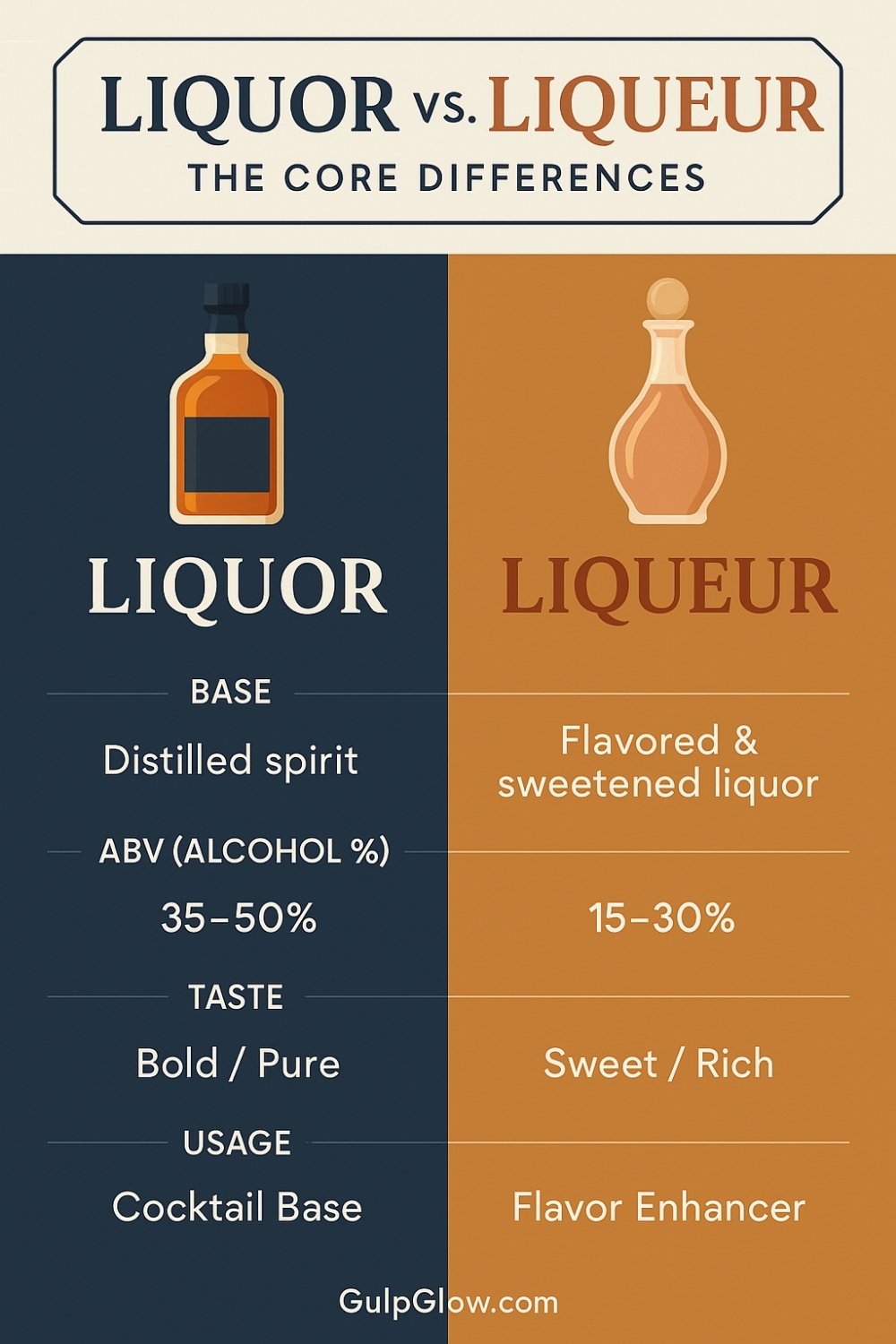
Flavored Liquors vs. Liqueurs
One of the most frequent sources of confusion is the difference between flavored liquors and liqueurs. Though both may boast similar ingredients—like fruit, spices, or vanilla—their composition and purpose diverge significantly.
- Flavored Liquors: These are standard liquors (like vodka or rum) that have been infused with a single flavor but contain little to no added sugar. For example, a raspberry vodka still qualifies as a liquor because it maintains the higher alcohol content and lack of sweetness typical of the category.
- Liqueurs: These not only contain added flavors but are also sweetened, often resulting in a richer and sometimes thicker consistency. The sweetness is a defining characteristic, making liqueurs more dessert-like or suited to accenting a cocktail.
Understanding this distinction helps in both selecting ingredients for drinks and in appreciating their intended flavor contributions.
Terminology Across Regions
Another layer of confusion arises from regional differences in terminology. In the United States and Canada, the term “liqueur” is common. However, in the UK and some other regions, you might encounter the term “cordial” used interchangeably with liqueur. This can be especially misleading in countries like the U.S., where “cordial” often refers to a non-alcoholic syrup.
Additionally, labeling laws vary by country. Some spirits labeled as “liqueurs” in one country may be classified differently elsewhere, depending on their alcohol content, sugar levels, or base spirit.
Marketing and Packaging Tricks
The alcohol industry sometimes blurs the lines for branding purposes. Bottles may feature elegant labels, ornate packaging, or ambiguous terms like “spirit drink,” which can obscure whether you’re buying a liquor, a liqueur, or something else entirely. Always check the ABV and ingredients list if you’re unsure.
Clarifying these misconceptions not only sharpens your alcohol literacy but also enhances your ability to craft well-balanced drinks and make informed purchases.
Popular Types of Liquor
Liquor comes in several distinct categories, each with its own flavor profile, cultural significance, and traditional uses. Here’s a breakdown of the most widely consumed types:
Vodka
A clear, neutral spirit, vodka is known for its versatility. It can be made from grains, potatoes, or even fruit and is the go-to base for countless cocktails including the Moscow Mule, Bloody Mary, and Cosmopolitan.
Whiskey
Distilled from fermented grain mash and typically aged in wooden barrels, whiskey is rich and complex. Varieties include Scotch, bourbon, rye, and Irish whiskey—each with distinct characteristics based on region and ingredients.
Rum
Made from sugarcane byproducts like molasses, rum is often associated with tropical cocktails. It ranges from light and white rums to dark and spiced varieties, used in classics like the Mojito and Piña Colada.
Tequila
Produced primarily in Mexico from the blue agave plant, tequila offers a bold flavor that’s central to drinks like the Margarita and Paloma. It’s also consumed neat, especially in its aged forms (reposado and añejo).
Gin
Known for its botanical flavor profile, gin is made by redistilling a neutral spirit with juniper berries and other herbs. It forms the foundation of timeless cocktails like the Gin and Tonic or Negroni.
Brandy
Brandy is distilled from wine or fermented fruit juice. Cognac, a type of brandy from France, is particularly renowned. It’s often sipped neat and enjoyed for its warming, rich flavors.
Popular Types of Liqueur
Liqueurs span a wide array of flavors and uses, often categorized by their key ingredients. Below are some of the most popular examples and how they’re typically used:
Baileys Irish Cream
A blend of Irish whiskey, cream, and chocolate, Baileys is creamy and sweet. It’s often enjoyed on the rocks or added to coffee for a luxurious twist.
Kahlúa
This coffee-flavored liqueur from Mexico combines rum, sugar, and Arabica coffee. It’s a key ingredient in cocktails like the White Russian and Espresso Martini.
Amaretto
An almond-flavored liqueur, often made from apricot pits, Amaretto has a nutty, slightly bitter-sweet taste. It’s used in drinks like the Amaretto Sour and pairs well with desserts.
Grand Marnier
A blend of cognac and orange liqueur, Grand Marnier brings a citrusy depth to cocktails. It’s often used in Margaritas or served as a digestif.
Cointreau
A triple sec-style orange liqueur, Cointreau is known for its clarity and strong orange flavor. It appears in classics like the Sidecar, Cosmopolitan, and Margarita.
Chambord
Made from blackberries, raspberries, and other fruits, Chambord has a rich, deep berry flavor. It’s a great addition to champagne cocktails or fruity dessert drinks.
Conclusion
Although liquor and liqueur share a similar linguistic root and are often found side by side in bars and liquor stores, they serve very different purposes in the world of spirits. Liquor is the unflavored, high-proof backbone of most cocktails—clean, potent, and versatile. Liqueur, on the other hand, is all about flavor and sweetness, often used to complement or enhance a drink rather than serve as its base.
Understanding the distinctions—ranging from ingredients and production methods to alcohol content and usage—can greatly enrich your appreciation of both. Whether you’re a cocktail enthusiast, a budding bartender, or simply curious about what’s in your glass, knowing when to reach for a robust whiskey or a smooth Baileys makes all the difference.
So the next time you’re at a bar or browsing a liquor aisle, you’ll not only recognize the difference between liquor and liqueur—you’ll know exactly how to use them. Cheers to more informed, flavorful, and balanced drinking experiences.
